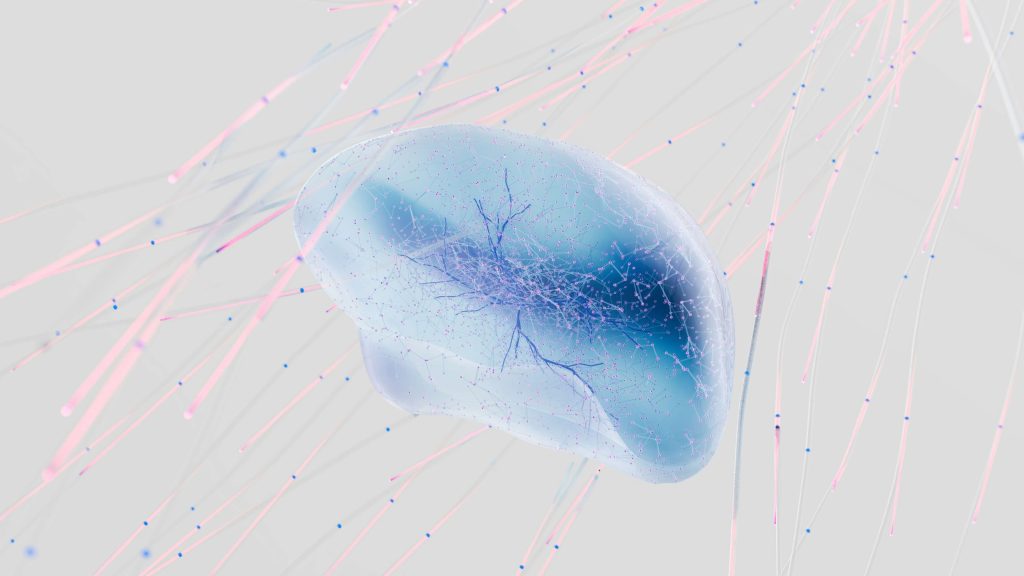Introduction: a short story about practical automation
Claire manages operations at a mid-sized services company. Each morning her inbox fills with vendor invoices, client notes, and support tickets. She wants fewer repetitive tasks and more oversight of exceptions. By integrating Claude text generation into a lightweight orchestration layer, her team automatically summarizes emails, extracts key fields, and prepares draft responses for human approval. A robotic process automation (RPA) bot handles routine follow-ups, and a voice layer reads the day’s priority items when she commutes. The result: fewer handoffs, consistent messaging, and measurable time savings.

What Claude text generation means for teams
At its core, Claude text generation is a cloud-accessible model that produces human-like text from prompts. For someone new to automation, think of it as a skilled assistant who can read, summarize, write, and reason about text at scale. When embedded in AI for enterprise workflow automation, it becomes a repeatable step inside larger processes: extract invoice fields, summarize contracts, triage support tickets, or create conversational prompts for AI voice assistants for work.
Why this matters in everyday operations
- Speed: tasks that took hours can be reduced to minutes by automating text generation and routing.
- Consistency: templates and context windows enforce uniform quality across outputs.
- Scalability: one integration can serve dozens of teams and use cases without custom rules for each.
Core patterns and system architectures
There are a small number of reliable patterns for integrating Claude text generation into production systems. Each addresses different operational and technical trade-offs.
Synchronous API call within a request flow
Use when low-latency, single-turn responses are required. For example, a web app calls the model to generate a customer reply. Pros: simple and predictable. Cons: user-facing latency and higher cost per request when volumes spike. Monitor p95 latency and implement timeouts to protect user experience.
Event-driven asynchronous pipelines
Ideal for high-throughput background tasks. Events (new ticket, incoming email) are pushed to a queue. Worker processes call Claude text generation, store results, and emit downstream events. This pattern decouples spikes from user-facing systems and enables batching and retries.
Retrieval-Augmented Generation (RAG) and grounding
To reduce hallucination and ensure factual outputs, combine Claude text generation with a vector search layer. Store company documents in a vector database like Milvus, Weaviate, or a managed service, fetch top-k relevant passages, and pass them as context. This pattern is central to trustworthy automation in regulated domains.
Agent-orchestration and tool use
When the automation must call databases, APIs, or RPA systems, create an orchestration layer that mediates between the model and external tools. Platforms such as Temporal or Dagster can host workflows; agents call Claude text generation to decide which tool to use and then trigger structured API calls. This reduces brittle prompt engineering and makes the system auditable.
Integration patterns and developer considerations
Developers should design clear API boundaries and shared contracts when embedding Claude text generation in services. Consider these practices:
- Prompt templates as first-class artifacts stored in version control to track changes.
- Middleware for input/output sanitization to prevent prompt injection and to redact sensitive fields before logging.
- Response schemas and lightweight validators: require the model to return structured JSON with a schema validator before downstream use.
- Rate limiting and retry policies that respect model quotas; use exponential backoff and idempotency keys for safe retries.
- Batching requests where possible to reduce per-call overhead for high throughput tasks.
API design choices
Expose a narrow, purpose-built API to product teams rather than raw model access. A “summarize-document” endpoint is easier to monitor and govern than sending arbitrary prompts. Internally, map these endpoints to prompt templates and guardrails so that billing, telemetry, and access controls remain centralized.
Platform choices and vendor trade-offs
Choosing between managed Claude text generation offerings, competing commercial models, or self-hosted alternatives is a strategic decision.
- Managed models (Anthropic‘s Claude or major cloud providers): offer uptime SLAs, evolving optimizations, and reduced operations burden. They can be more expensive at scale and introduce data residency considerations.
- Competing cloud models (other large providers): similar ease-of-use but different performance, safety defaults, and pricing. Evaluate latency from your region and enterprise support options.
- Self-hosted open models (Llama, Mistral, or fine-tuned variants): lower inference cost per token and stricter data control, but require significant ops work—GPU provisioning, autoscaling, and model updates.
In practice many enterprises adopt a hybrid model: use managed Claude text generation for pilot projects and shift some workloads on-premises where latency and data governance demand it.
Operational metrics, observability, and cost control
Monitoring and instrumentation are essential to reliable automation. Key signals include:
- Latency percentiles (p50, p95, p99) for inference calls and end-to-end workflows.
- Throughput and token usage to forecast monthly bills.
- Error rates, retries, and timeouts to detect model availability issues.
- Semantic quality metrics such as rejection rate, human correction rate, and hallucination incidents logged by production users.
- Resource metrics for supporting services: vector DB query latency, worker queue lengths, RPA execution failures.
Common cost controls: use caching for repeated prompts, truncate contexts where feasible, implement sampling limits for exploratory outputs, and consider summarization to reduce token consumption.
Security, compliance, and governance
When automating business workflows with Claude text generation, governance must be part of the architecture. Recommendations:
- Redact or tokenize PII before sending text to any external model and maintain a secure mapping for reassembly when needed.
- Implement role-based access control and separate environments for dev, staging, and production model calls.
- Log prompts and responses selectively, with encryption at rest and policies for retention that comply with regulations like GDPR.
- Defend against prompt injection by sanitizing incoming text and using structured templates; require model outputs to conform to strict schemas validated before acting on them.
- Consider contractual protections and data processing agreements with vendors to reduce legal exposure.
Implementation playbook: from pilot to production
Follow a pragmatic sequence when deploying Claude text generation inside enterprise automation:
- Discovery: identify high-volume, rule-heavy tasks with measurable KPIs (time saved, error reduction).
- Pilot: build a narrow vertical flow, instrument it, and run in shadow mode so humans can validate outputs.
- Iterate: refine prompts, add RAG where accuracy matters, and implement structured responses.
- Operationalize: add observability, quota limits, escalation paths, and retraining procedures for prompt templates.
- Scale: migrate stable workloads to higher-throughput infra, add caching and batching, and bring more teams onboard with guardrails and playbooks.
Case study: customer support automation
A SaaS company used Claude text generation to triage incoming support tickets. The system classified urgency, summarized the issue, and suggested a first-draft reply with relevant KB articles attached. Over six months, average first response time fell by 40%, agent handle time decreased by 25%, and CSAT rose by 6 points. Important operational lessons included the need for fallbacks when the model returned low-confidence outputs and the value of a human-in-loop for high-stakes tickets.
Risks, regulation, and the near future
Two major risks remain: hallucination and regulatory scrutiny. Hallucinations can be mitigated with RAG, schema validation, and human checks. Regulatory frameworks—such as the EU AI Act proposals and emerging company policies—will require provenance, risk assessments, and monitoring for high-impact uses. Expect standards for model transparency and data processing to evolve and influence vendor contracts.
Emerging signals
Open-source frameworks for orchestration and model ops are maturing. Projects like LangChain, Ray Serve, and KServe provide building blocks for integrating Claude text generation with pipelines. Standardization efforts around prompt and tool schemas will simplify agent orchestration over the next 12–24 months.
Automation succeeds when it amplifies human judgment, not when it tries to replace it entirely.
Looking Ahead
Claude text generation can be a powerful, practical component inside AI for enterprise workflow automation and in building AI voice assistants for work. Success depends less on any single model and more on the architecture around it: grounding, observability, governance, and sensible operational practices. Teams that start with focused pilots, measure real business outcomes, and invest in robust orchestration and monitoring will capture ROI while keeping risk manageable.
For product leaders, the decision tree is clear: prioritize use cases with high recurrence and measurable impact, select a deployment model that matches your data governance needs, and plan for human oversight. For developers, design narrow APIs, enforce schemas, and instrument thoroughly. For executives, track both efficiency metrics and semantic quality signals—the two together tell the real story of automation success.
